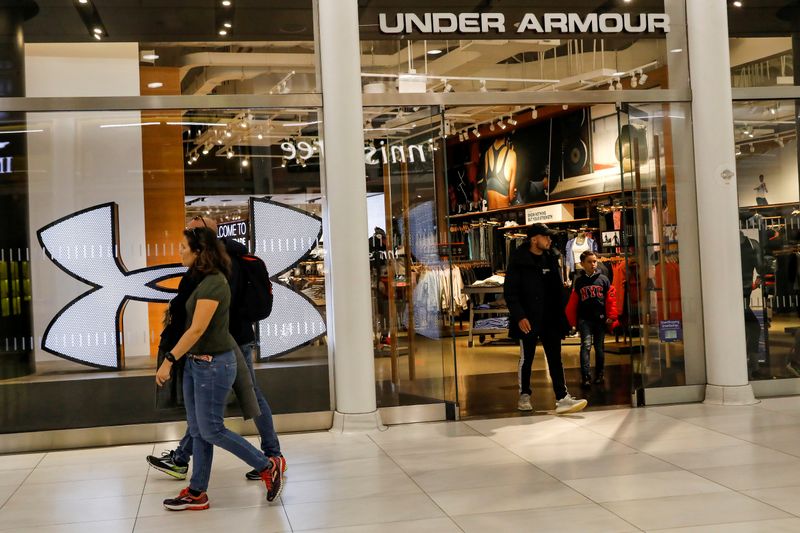Gold prices edge higher on raised Fed rate cut hopes
On Tuesday, Evercore ISI adjusted its outlook for Under Armour (NYSE:UA), Inc. (NYSE:UAA), lowering the price target to $6.00 from the previous $7.00, but keeping an Underperform rating on the stock. The firm’s analysis indicates that despite Under Armour’s solid financial foundation - evidenced by its $5.32 billion in revenue and healthy 47.47% gross margin - and a product mix that mitigates fashion risks, the company faces challenges in a competitive market. According to InvestingPro analysis, the stock appears undervalued at current levels, with additional insights available in the comprehensive Pro Research Report.
According to Evercore ISI, Under Armour benefits from a robust balance sheet, which is not common among companies undergoing a turnaround. InvestingPro data confirms this assessment, showing the company’s liquid assets exceed short-term obligations with a strong current ratio of 2.01, while operating with moderate debt levels. A large portion of the company’s business is derived from core categories that carry low fashion risk, which could be advantageous in dealing with potential economic slowdowns and tariffs.
However, the firm also notes that Under Armour currently has limited ability to adjust prices due to a lack of significant innovation in its product lines. This is compounded by an increasingly competitive landscape in the men’s athletic sector, which has more players now than at any point in the past 18 years that Evercore ISI has been covering Under Armour.
The competition is further intensified by major industry players like Nike (NYSE:NKE), Adidas (OTC:ADDYY), and On, which are escalating their marketing efforts and athletic endorsements. Evercore ISI believes that in such an environment, it will be exceedingly difficult for Under Armour to stand out with unique messaging while also attempting to significantly reduce total selling, general, and administrative (SG&A) expenses.
The price target adjustment reflects these concerns about Under Armour’s ability to compete and grow in the current market, especially against well-funded and innovative rivals. The Underperform rating suggests that Evercore ISI remains cautious about the company’s stock performance in the near term. Recent market data from InvestingPro shows significant volatility in the stock’s performance, with a notable 8.95% return over the last week despite a challenging six-month period. Discover more detailed insights and 6 additional ProTips about UAA’s market position in the full InvestingPro Research Report.
In other recent news, Under Armour Inc. reported a fourth-quarter adjusted earnings per share (EPS) loss of $0.08, which met Wall Street expectations. The company’s revenue declined by 11.4%, slightly better than the anticipated 12.7% decrease. Despite the revenue drop, Under Armour’s gross margin improved by 165 basis points year-over-year to 46.7%, surpassing forecasts. For the first quarter of fiscal 2026, the company projects an adjusted EPS of $0.01-$0.03, exceeding the Street’s expectation of $0.00, although it anticipates a 4-5% revenue decline, which is below the Street’s estimate.
JPMorgan revised Under Armour’s stock price target to $6.00 from $7.00, maintaining an Underweight rating, while Citi reiterated a Neutral rating with a $6.00 target. Stifel analysts noted that Under Armour’s turnaround efforts appear to be on track, emphasizing the company’s gross margin improvement. Truist Securities maintained a Hold rating with a $9.00 price target, suggesting investor sentiment might be buoyed by the company meeting expectations.
Raymond (NSE:RYMD) James reaffirmed a Market Perform rating, acknowledging Under Armour’s ongoing transition and efforts to improve profitability. The company has provided guidance for the first quarter of fiscal 2026, indicating a focus on margin and cost control. Analysts have expressed cautious optimism, with some noting the potential for recovery in North America. However, uncertainties remain, particularly concerning the company’s brand direction and tariff impacts.
This article was generated with the support of AI and reviewed by an editor. For more information see our T&C.
